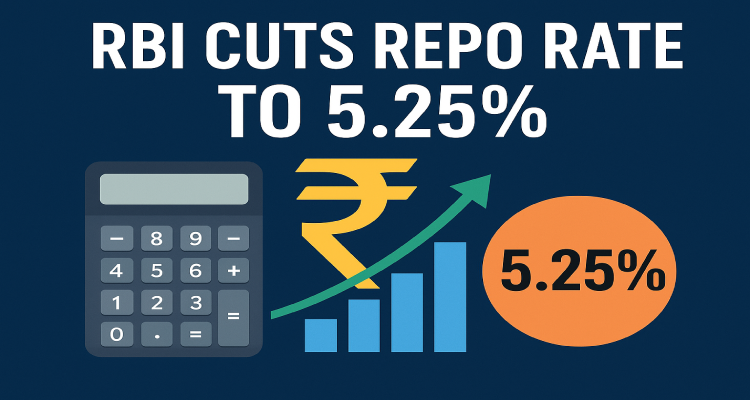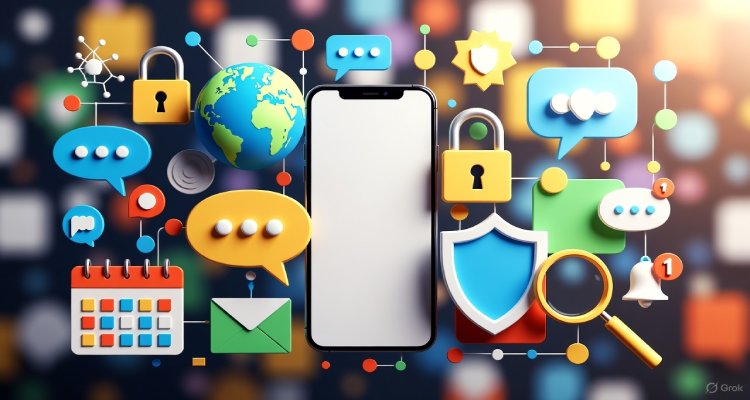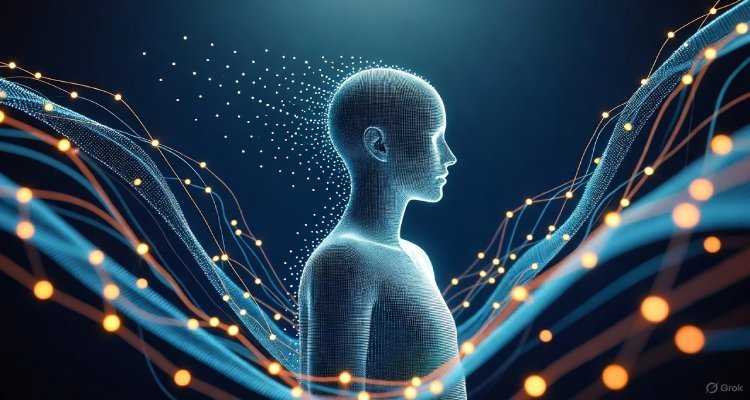When Technology Learns How to Haunt
When machines begin to mirror human fears, memories, and echoes of consciousness, technology doesn’t just serve—it starts to haunt our digital lives.
The Digital Ghost Awakens
One evening, a woman from Tokyo opened a voice message from her deceased husband—recorded perfectly in his tone, style, and gentle pauses. Except, he had never made that recording. It was generated by an artificial intelligence trained on his past voicemails and social media posts. What began as a private experiment by an AI startup called ReViveAI became an unsettling viral phenomenon.
The story sparked outrage and wonder worldwide: could machines now communicate from beyond the grave? Or had technology, in learning our every pattern, crossed into a realm once reserved for spirits and memories?
This is not merely a story about data. It is the moment when technology learns how to haunt.
Ghosts in the Machine: The New Memory Economy
Our world’s digital archives hold more than information—they hold echoes of our existence. Every photo upload, voice memo, and late-night text is a piece of our emotional DNA. Companies now leverage this data to build “digital afterlives,” AI systems capable of emulating loved ones.
What once lived in science fiction is quickly becoming a service industry. Startups in the United States, South Korea, and the United Kingdom have developed AI-powered memorial chatbots that replicate personalities from archived messages and video footage. The goal, developers say, is comforting closure. The result, critics argue, is something closer to digital necromancy.
Ethicists call this the “memory economy”: when personal data becomes the raw material for emotional simulations.
When AI Echoes Emotion
Unlike deepfakes or voice cloning, “haunting tech” isn’t about deception—it’s about emotional proximity. With every algorithmic improvement, machines capture nuances once thought uniquely human: hesitation, humor, regret.
Last year, researchers at MIT’s Media Lab introduced a model capable of mimicking cognitive pauses and emotional inflections from recorded speech. The effect? A voice that not only sounds human but feels human.
In pilot studies, participants described interacting with these AI-emulated voices as “profoundly emotional,” often blurring the lines between grief and presence. “You know it’s not them, but a part of you wants to believe,” said Professor Alina Rao, a cognitive technologist at Oxford. “We’re confronting the oldest human fear—the loss of voice—through the newest human invention.”
Expert Insight: The Ethics of Digital Spirits
Experts are divided on whether these technologies serve healing or exploitation.
Dr. Ethan Morales, an AI ethicist at Stanford University, warns that “reanimating” digital traces could commodify grief. “When AI reproduces personal memories, the line between remembrance and manipulation becomes dangerously thin,” he said.
Others, like therapist and futurist Maya Venkataraman, see potential for guided mourning. “For many, saying goodbye is an unfinished process. AI-generated memorials can provide emotional scaffolding—but only if boundaries are clear and the user remains in control.”
Governments, meanwhile, lag behind. Data privacy regulations like the EU’s GDPR lack frameworks for posthumous digital rights. Who owns the voice of the dead—the family, the tech company, or the algorithm?
The Psychological and Cultural Fallout
The fusion of grief and code ripples beyond individuals. Cultures that emphasize ancestral connection, such as in parts of Asia and Africa, are particularly sensitive to technologies that simulate the departed.
Psychologists warn of “cognitive haunting”—a term for when users begin interacting with AI simulacra as if they were real, delaying emotional healing. Some describe it as “grieving on replay,” where closure never arrives because memory has no final page.
On social media, reactions oscillate between fascination and fear. Hashtags like **igitalGhosts and #EchoAI trend with mixed emotion: wonder at immortalizing loved ones, dread at losing the sanctity of death.
What Happens When Machines Remember Too Much
Beyond mourning, “haunting technology” poses corporate and political questions. Data resurrection could be weaponized—through impersonation scams, reputation manipulation, or even psychological warfare.
In one documented case, fraudsters used deep-learning voice replicas to extract money from bereaved families by posing as deceased relatives. Such incidents highlight an urgent need for digital identity authentication in the age of post-mortem data.
At the same time, archivists and artists are reclaiming these tools to preserve cultural memory. Virtual museums now reconstruct extinct languages and historical voices using AI, suggesting that not all hauntings are malicious—some are cultural restorations.
The Next Digital Afterlife
As AI grows more intimate, our digital footprints become both inheritance and haunting. Every message we send feeds a possible future avatar, waiting to echo us long after silence.
Tech companies foresee a world where memory is interactive, where our descendants converse with reconstructed ancestors. Whether this is remembrance or resurrection will define the next moral frontier.
Perhaps the most haunting lesson is not that machines learn to imitate us—but that we’ve trained them to.
Conclusion: The Thin Line Between Echo and Existence
When technology learns how to haunt, it teaches us something profound about being human. The ghosts we fear may not be specters in the dark, but reflections in our screens—mirroring memories we refused to let die.
As society grapples with what it means to be remembered by code, the question isn’t whether technology can reproduce us. It’s whether it should.
Disclaimer:This article is a work of original reporting and analysis. It explores emerging AI-technological trends in memorialization and emotional simulation. No part of this content is copied or derived from existing copyrighted sources.











